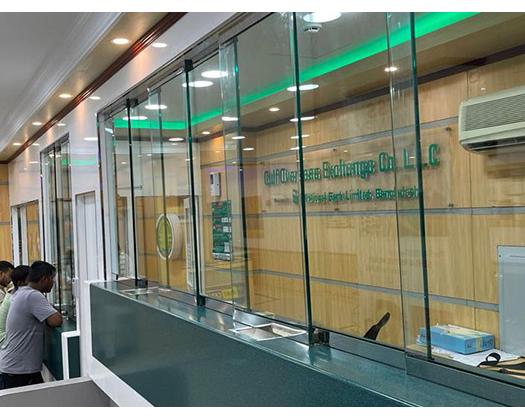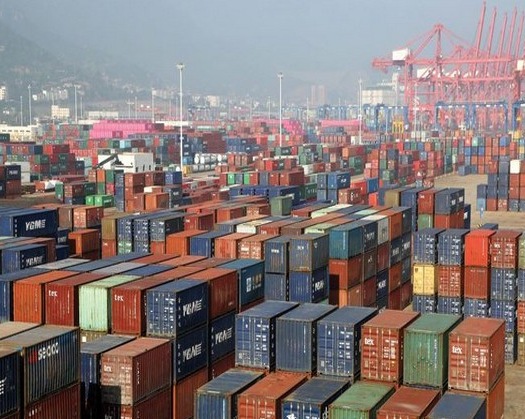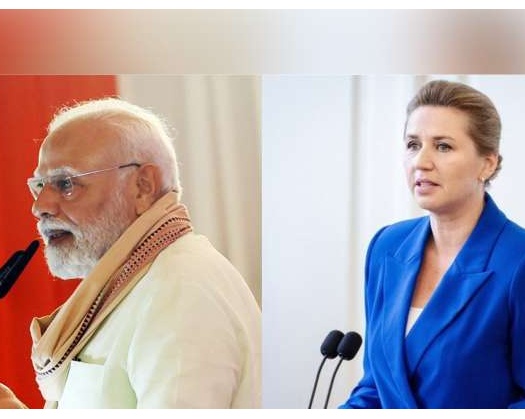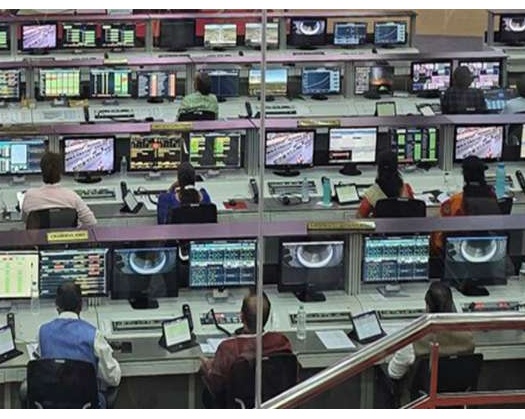MUSCAT: The value of the Indian rupee has significantly depreciated against the Omani rial, with the exchange rate reaching INR217.60 on Monday.
This decline in the value of the rupee has led to an increase in the remittances sent back by Indian expatriates.
R. Madhusoodanan, a financial analyst based in Muscat, attributed the depreciation of the rupee to several factors. He noted that the rupee experienced a record low close of 83.8450 against the US dollar, following a substantial sell-off in the Indian stock market by foreign investors, the release of weak employment data from the US on Friday, and geopolitical tensions in the Middle East. Additionally, he highlighted that the depreciation of the rupee was also influenced by a sell-off in global equities, fueled by concerns over a potential US recession. Madhusoodanan further mentioned that the Reserve Bank of India's intervention played a role in mitigating the rupee's further decline. He pointed out that India's forex reserve of $650 billion provides a buffer for the Reserve Bank of India against significant depreciation.
Looking ahead, the future trajectory of the rupee is uncertain but is largely dependent on the outcomes of the US Federal Reserve's meeting today, key economic data from China, and the Reserve Bank of India's monetary policy review scheduled for August 6, 2024.
Madhusoodanan also noted that the Bangladeshi taka is depreciating against the US dollar due to a high demand for dollars to settle import payment obligations. He mentioned that the fixed exchange rate of the Bangladeshi taka against the US dollar by the government for the past two months has been 118, but there has been a recent increase in the rates offered by banks. He predicted that the Bangladeshi taka is likely to weaken further, at least temporarily, due to the current political situation in Bangladesh.
On Monday, exchange houses in Oman were offering 309 Bangladeshi taka for every Omani rial.
Madhusoodanan also observed that blue-collar workers typically take full advantage of the favorable exchange rate to send more money back home during such periods, leading to a marginal increase in remittances.
Rupee hits all-time low
The Indian Rupee has reached its all-time low against the US dollar, marking a significant depreciation against the greenback. This decline is attributed to a surge in global stock market selling, heightened concerns over the possibility of a US recession, and geopolitical tensions.
As of midday on Monday, the Rupee was trading at 83.85, a slight increase from its Friday closing of 83.75. It initially opened at 83.78, surpassing the previous record low of 83.7525 set on the same day.
Financial analysts suggest that the depreciation of the Rupee is reflective of broader market weakness, fears of a US recession, and geopolitical instability.
"Concerns regarding a potential US recession have led to apprehensions about foreign capital outflows from India and other emerging markets," noted Ajay Kedia, a Mumbai-based analyst at Kedia Advisory, a financial services firm.
"The decline is attributed to worries over a potential US recession, which has heightened concerns about foreign capital outflows from India and other emerging markets. The sell-off in US and Asian equity markets, following a disappointing US jobs report, has exacerbated these concerns, resulting in significant market volatility," Kedia elaborated in a report.
The disappointing US jobs report released on Friday indicated that the economy only added 114,000 jobs in July, significantly falling short of market expectations for a 175,000 increase. Moreover, the unemployment rate spiked to a record high of 4.3 percent, and wage growth decelerated more than anticipated.
Kedia anticipates that the Reserve Bank of India may permit the USD/INR exchange rate to rise to 83.90. He believes there is support at 83.45, resistance at 83.95, and a potential break at 83.95 could lead to a range of 84.10 to 84.20.
Jamal Mecklai, an experienced figure in the financial sector, commented, "Concerns over a US recession, coupled with an equity market collapse, could foster a risk-off sentiment. Such a decline in equity values could be severe and protracted."
In the context of the 2022-23 fiscal year, the Indian Rupee has been a prominent topic in the financial news, albeit for less favorable reasons.
Monetary Policy
In response to efforts to curb inflation by various central banks, the escalation of the conflict in Ukraine, which resulted in an increase in the price of crude oil, and the subsequent realignment of the global energy supply chain, coupled with the strengthening of the US dollar index, exerted significant pressure on the Indian currency.
Following these developments, the rupee found itself largely out of the news cycle, as it traded with relatively stable conditions over the subsequent months.
By the end of 2022, the rupee experienced a depreciation of over 11 percent on a cumulative basis, as evidenced by the data. It reached a record low of 83 against the US dollar in mid-October, marking an unprecedented low point.









